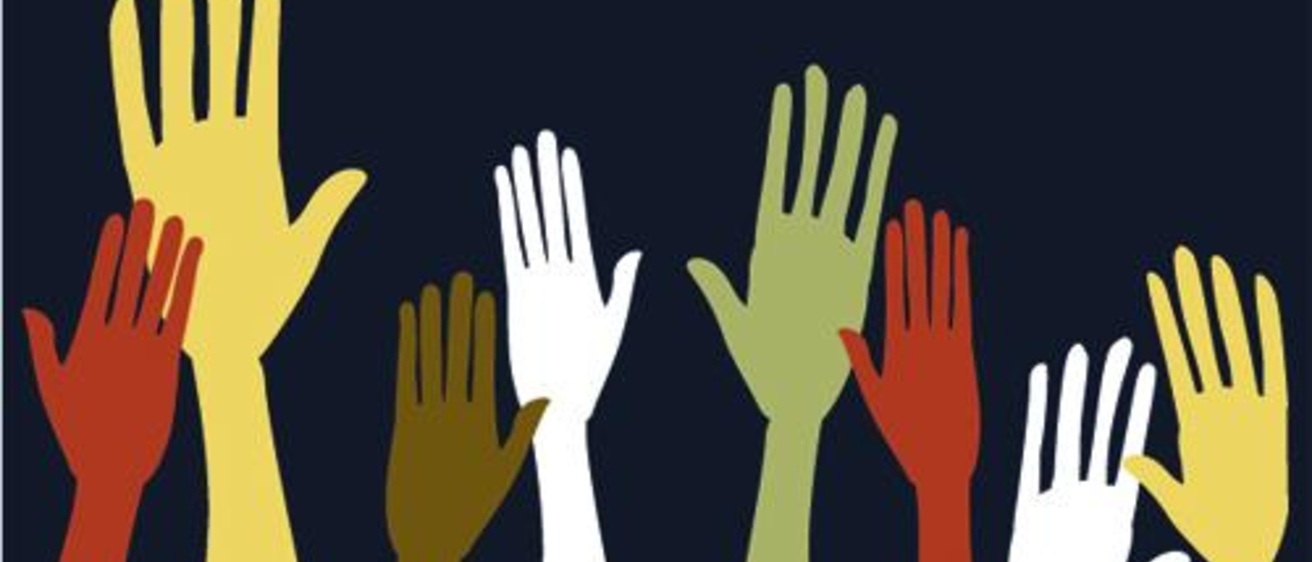Mary Campbell notices the hues of people’s skin and sees possibilities. There are possibilities for how medical workers will treat us based on the color of our skin, how much money we’ll make, where we’ll go to school, and even who will be our romantic partner. Skin tone, says, Campbell, an Associate Professor in Sociology and an Obermann Fellow-in-Resident (Fall, 2011), shapes our experiences with discrimination.
“There are several theories that racial inequality is shifting in the United States,” says Campbell, explaining that in lieu of the black versus white dichotomy long applied to race in the U.S., these theories focus on the implications of today’s growing racial diversity, the result of expanding Asian and Latino/a populations.
“One popular theory,” Campbell explains, ”points to the importance of skin tone in Latin Americans’ understandings of ‘race,’ and argues that skin tone is shaping inequality within racial groups in the U.S. just like it does in much of Latin America.” Skin tone inequality isn’t new—there is evidence that Blacks with lighter skin were treated more positively than Blacks with darker skin all the way back to the founding of the U.S. But its importance might be growing as diversity grows.
Campbell, whose past work has focused on racial inequality and the experiences of multiracial adolescents and adults, is currently involved with several projects pertaining to skin tone. She recently completed a National Institutes of Health grant to support two related projects. The first is an analysis of the National Longitudinal Study of Adolescent Health in which she and a UI graduate student, David Biagas, would analyze the relationship of skin tone to the health outcomes of young adults.
“We know that skin tone effects blood pressure, for example,” says Campbell. “African Americans with the darkest skin have the highest blood pressure, perhaps because of the cumulative effects of years of greater exposure to discrimination. We’re curious if we can already see some of these health disparities emerging in younger people.”
Secondly, she and Biagas will partner with the UI’s Carver School of Medicine’s “Foundations in Clinical Practice,” a course in which first-year medical students learn how to interview and interact with patients. “We’ll recruit ‘standardized patients’ with different skin tones,” Campbell explains of the process, which involves actors using scripts to act out the part of patients who have various concerns and symptoms. “Then we’ll code for subtle differences in the interactions.” They will test, for example, whether medical students lean in to talk more, make more eye contact, or ask more questions of someone with a lighter skin tone than they do with actors of a darker skin tone.
In addition, Campbell is analyzing a survey of recent legal immigrants for which the interviewers were trained to note and collect information on skin tone using the chart shown here. Again, she is analyzing health outcomes, as well as the identity that an immigrant chooses. “The survey is smartly done,” she says, “in that it acknowledges that the categories we use may not be what the person is used to in his or her home country; but, it asks, ‘Surveys of American citizens typically ask questions on ethnicity and race. How would you answer these questions?’” She will test whether skin tone constrains the identifications that individuals choose for themselves, as well as how it relates to their health outcomes.
Discovering how skin tone is related to health outcomes could lead to interventions designed to improve those health outcomes. For example, if medical students do unconsciously react differently to patients with darker skin than to patients with lighter skin, Campbell will work in collaboration with the medical school to incorporate skin tone into the cultural competence training that the medical school provides to all students.
